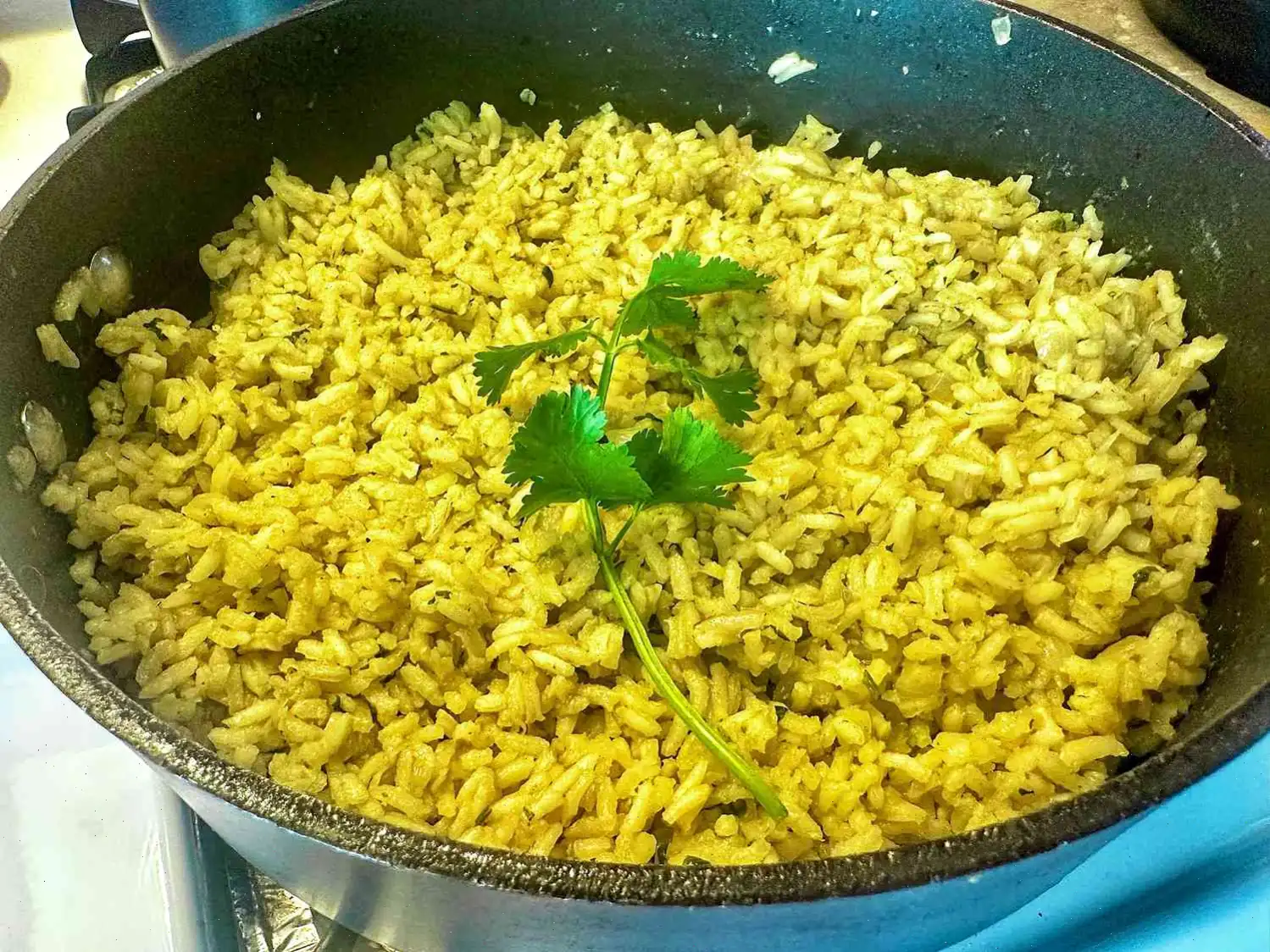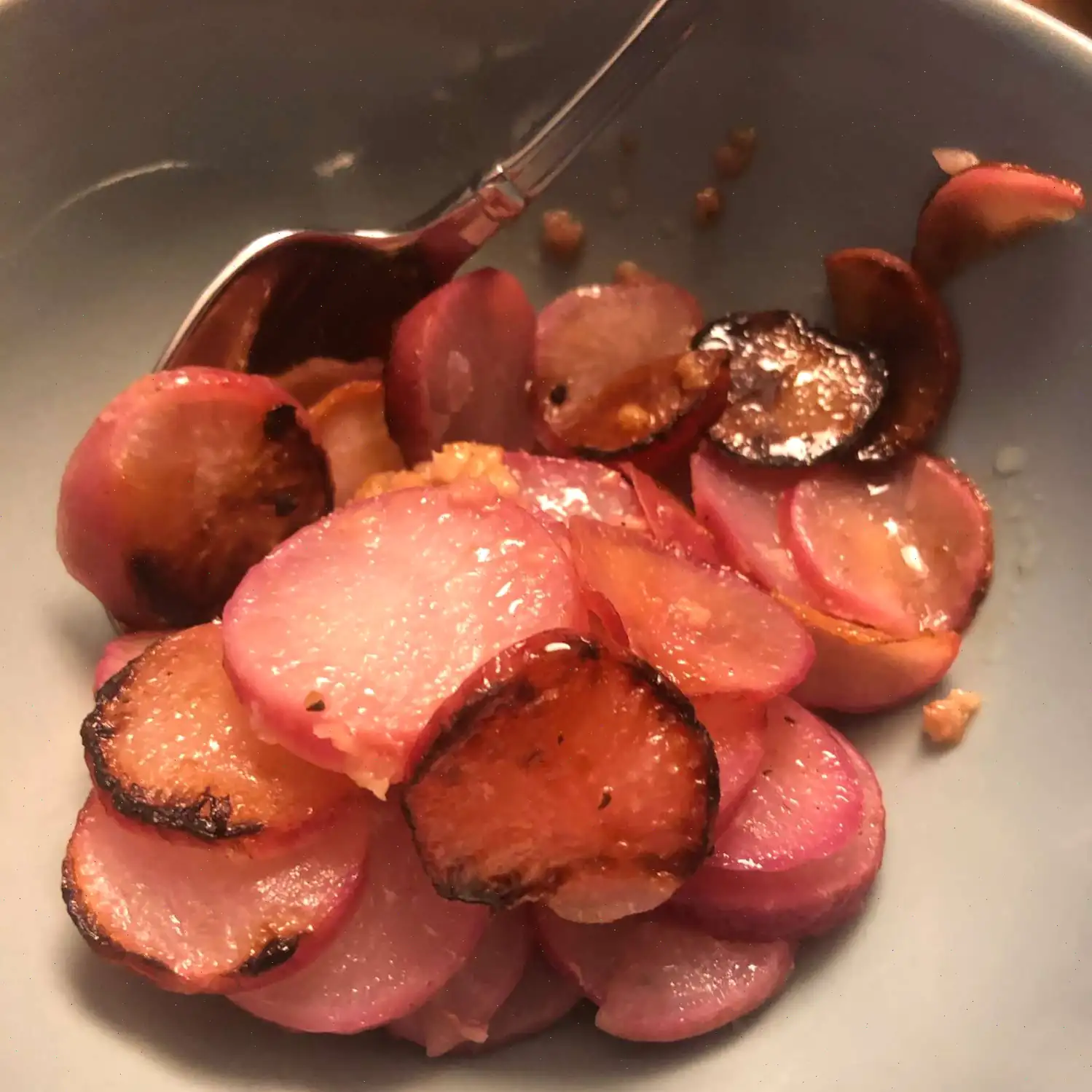
Melon Salad with Feta Recipe
This refreshing fruit salad, topped with crumbled feta, slivered almonds, and a tangy balsamic glaze, is perfect for a light and flavorful side dish or appetizer. It's simple to prepare, full of bright flavors, and great for any occasion.
Ingredients
For the Salad
- 1 cup chopped honeydew melon
- 1 cup chopped cantaloupe
- 1 cup chopped watermelon
For the Dressing
- 1/2 cup olive oil
- 1/3 cup balsamic vinegar
- 2 oranges, juiced
- 3 to 4 mint leaves, chopped
- 1 tablespoon agave syrup
For the Toppings
- Sprinkle of slivered almonds
- Drizzle of balsamic glaze
Directions
Step 1: Add honeydew, cantaloupe, and watermelon into a large mixing bowl.
Step 2: In a separate bowl, combine olive oil, balsamic vinegar, freshly squeezed orange juice, chopped mint, and agave syrup. Whisk together until well combined. Alternatively, you can place all ingredients into a jar with a tight-fitting lid, cover, and shake well.
Step 3: Pour the desired amount of dressing over the mixed melons and gently toss to combine. Ensure the fruit is evenly coated with the dressing.
Step 4: Add crumbled feta cheese and mix again to distribute evenly throughout the salad.
Step 5: Garnish the salad with fresh mint leaves, a light sprinkle of slivered almonds, and a drizzle of balsamic glaze for extra flavor.
Recipe Tip: The dressing recipe yields enough to make extra for another salad, so save any leftovers in the fridge!
Nutrition Facts
Per serving (4 servings total):
| Calories | 458 |
|---|---|
| Total Fat | 33g (42% DV) |
| Saturated Fat | 7g (34% DV) |
| Cholesterol | 17mg (6% DV) |
| Sodium | 195mg (8% DV) |
| Total Carbohydrates | 38g (14% DV) |
| Dietary Fiber | 3g (11% DV) |
| Total Sugars | 30g |
| Protein | 5g (11% DV) |
| Vitamin C | 94mg (104% DV) |
| Calcium | 136mg (10% DV) |
| Iron | 1mg (7% DV) |
| Potassium | 617mg (13% DV) |
The Story Behind Melon Salad with Feta
Melon Salad with Feta is a modern twist on traditional Mediterranean flavors, combining the natural sweetness of melons with the salty tang of feta cheese. While melon has been enjoyed since ancient times, particularly in regions around the Middle East and Mediterranean, pairing it with cheese is a culinary innovation that likely emerged in the 20th century as global cuisine began to merge fresh, local ingredients with creative dressings.
Regional Characteristics
This salad draws strong influence from Mediterranean and American summer cuisine. In Mediterranean countries, particularly Greece, combining fruits with salty cheeses is a long-standing tradition, reflecting the region's emphasis on fresh, seasonal produce. In the United States, this dish has been popularized as a refreshing side for outdoor gatherings and casual dinners, often featuring a mix of honeydew, cantaloupe, and watermelon topped with nuts and a light citrus vinaigrette.
How It Differs from Similar Dishes
While fruit salads are common worldwide, Melon Salad with Feta stands out due to its combination of sweet, juicy melons with the creamy, salty flavor of feta and the nutty crunch of almonds. Unlike a traditional Greek salad, which emphasizes vegetables like tomatoes and cucumbers, this dish is entirely fruit-focused. Compared to a simple melon-and-mint salad, the addition of a balsamic-orange dressing and feta provides a complex, layered taste experience that balances sweetness, acidity, and saltiness.
Where It Is Typically Served
Melon Salad with Feta is most often served as a starter, side dish, or light summer lunch. It pairs beautifully with grilled seafood, poultry, or as part of a picnic spread. Its vibrant colors and refreshing taste also make it a popular choice for holiday buffets and garden parties, where presentation is just as important as flavor. Restaurants with Mediterranean or modern American cuisine frequently feature it on seasonal menus to showcase fresh produce.
Interesting Facts
- The use of multiple melon varietieshoneydew, cantaloupe, and watermelonnot only creates a visually striking dish but also layers distinct flavors from sweet to subtly floral.
- Feta cheese, traditionally made from sheeps or goats milk, has a crumbly texture that contrasts beautifully with the soft, juicy melon pieces.
- Adding slivered almonds enhances the salads texture and introduces a mild nutty flavor, creating an unexpected depth for a simple fruit salad.
- The orange-balsamic vinaigrette used in this recipe reflects modern culinary trends of combining acidic and sweet elements to enhance natural fruit flavors.
- Though considered a modern salad, its combination of sweet fruit and salty cheese echoes centuries-old Mediterranean flavor pairings, demonstrating the timeless appeal of balancing contrasts in food.
FAQ about Melon Salad with Feta Recipe
Comments
Emily Ramirez
10/30/2023 09:52:48 PM
There was an excessive amount of dressing, but the flavors were delicious.








